Photos of rock concerts when they used to be good
Ah, rock concerts! The very mention of them brings a wave of nostalgia. The electrifying energy, the pulsating beats, and the sea of fans swaying in unison.
Whether you were a Flower Child in the ’60s or a Grunge Kid in the ’90s, rock concerts have always been a rite of passage. They were more than just music; they were cultural happenings that defined generations and left an indelible mark on music history.
The Golden Era of Rock Concerts: A Brief Overview
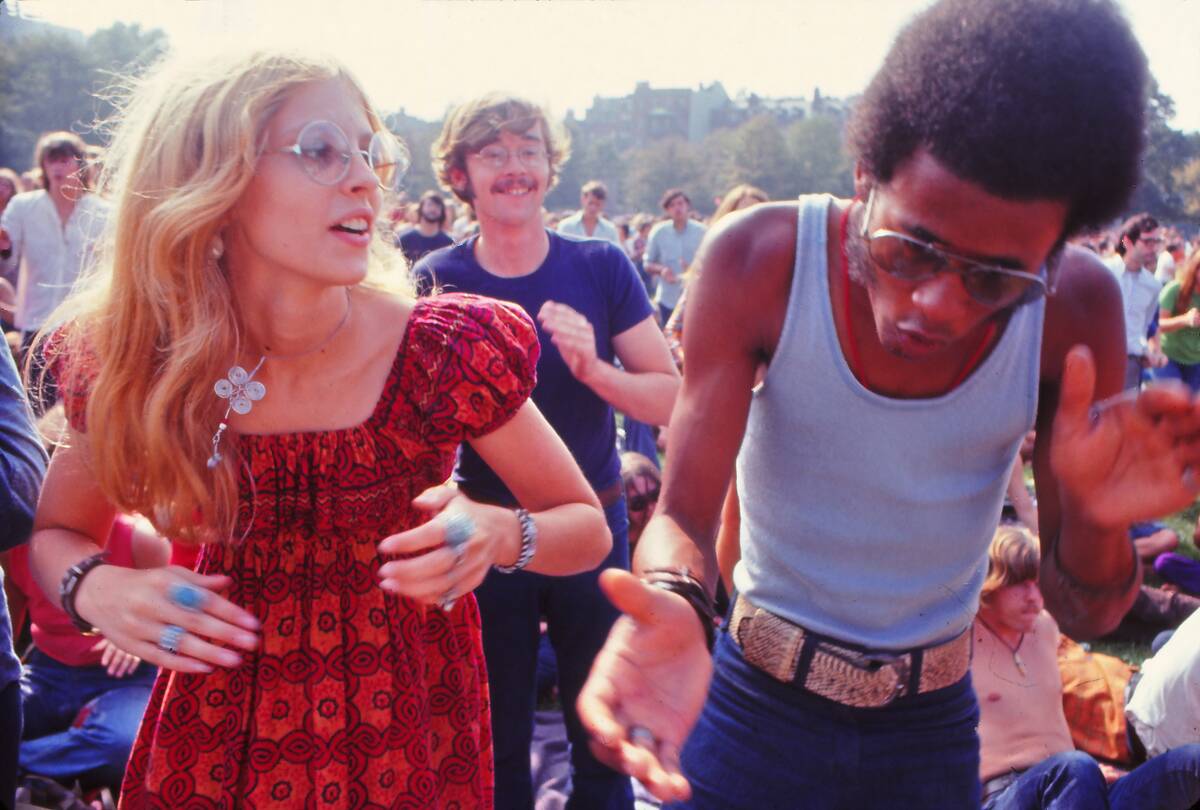
The 1960s are often hailed as the golden era of rock concerts. This was a time when bands like The Rolling Stones, and The Who ruled the stage. Woodstock in 1969 epitomized this era with well over 400,000 attendees.
Concerts were massive productions, and the music was raw and rebellious, echoing the social changes of the time. It was an era when live performances were the ultimate expression of a band’s artistry.
Capturing the Energy: Iconic Photos from the 70s
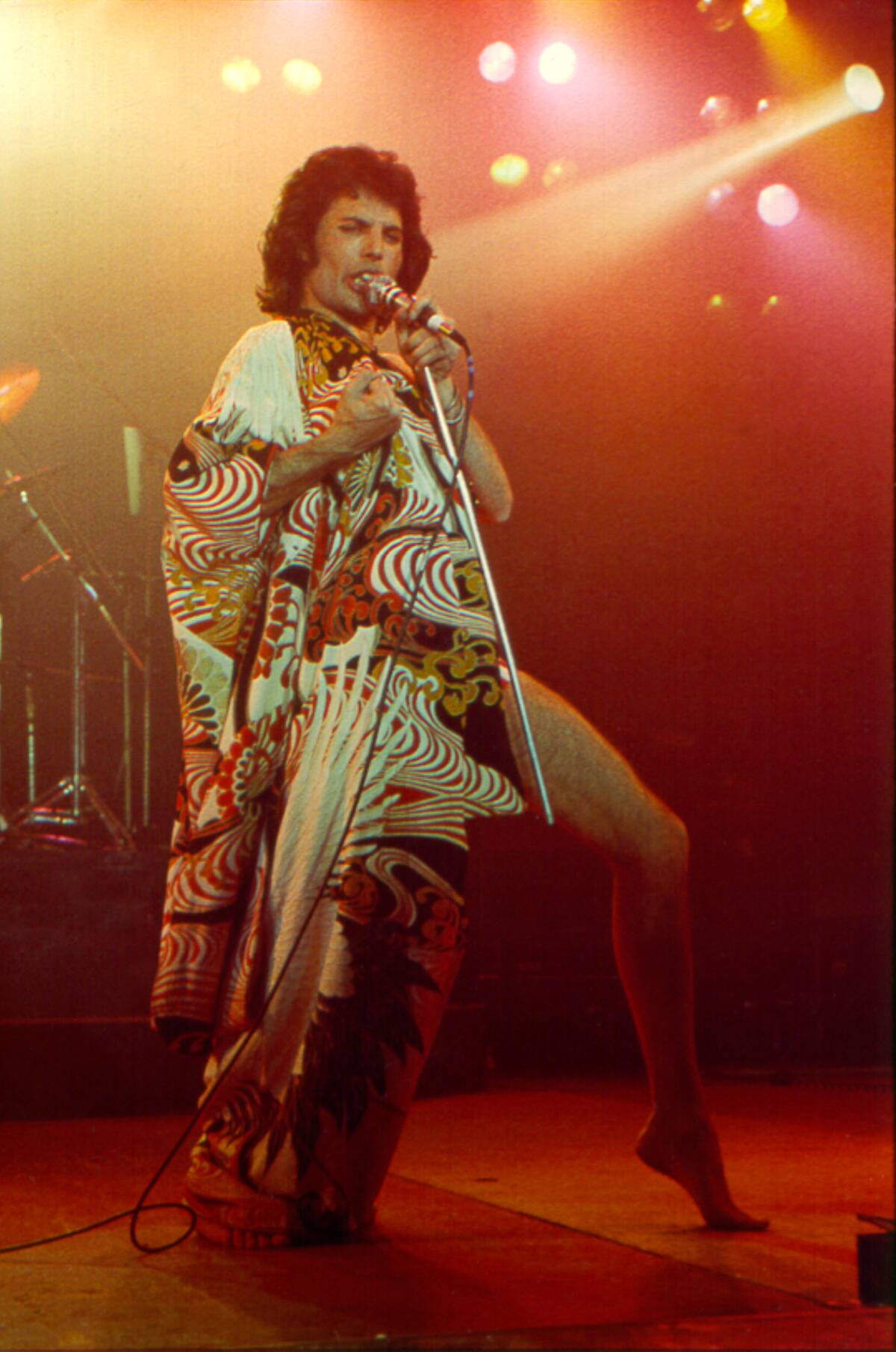
Photographers like Jim Marshall and Neal Preston immortalized the raw energy of 70s rock concerts. Their iconic images of Led Zeppelin or Freddie Mercury commanding the stage are etched in music history.
These photos capture not just the musicians, but the essence of an era. It was a time when the camera became a silent witness to the magic of live rock performances, preserving moments that words alone couldn’t describe.
When Fashion and Music Collided: Concert Style Highlights
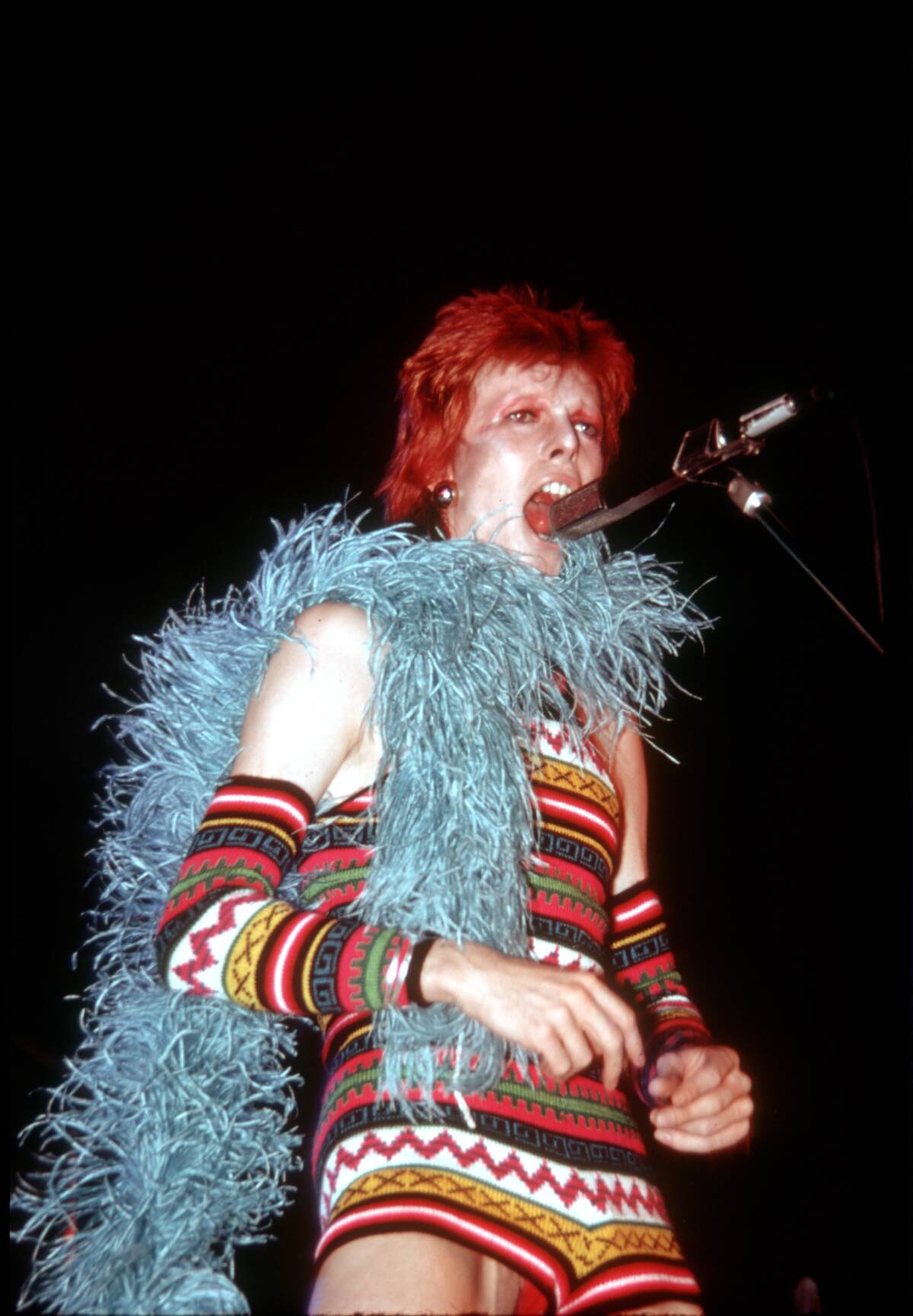
Rock concerts have always been a stage for fashion experimentation. The 70s saw flamboyant styles with bell-bottoms and sequined outfits, while the 80s brought leather jackets and bandanas into the spotlight.
Artists like David Bowie and Madonna set trends that fans eagerly followed. These concerts were as much about the visual spectacle as they were about the music, with fans turning up in attire that expressed their connection to the rock culture.
Legendary Performances: Photos That Made History
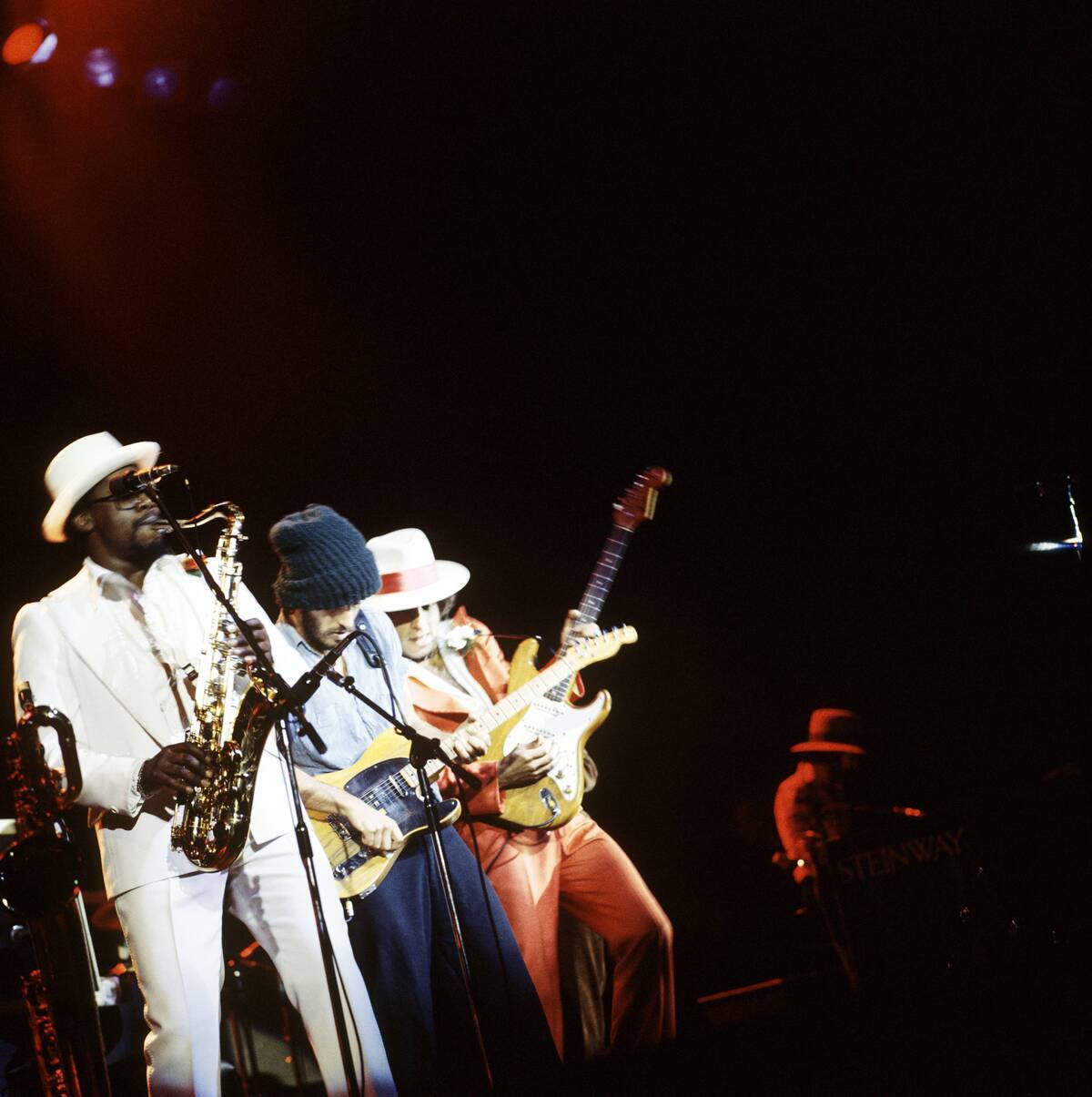
Some concert photos are legendary not just for their artistic composition, but for capturing landmark performances. Think of Queen’s Live Aid set in 1985, often hailed as one of the greatest live performances in history.
Or Bruce Springsteen’s 1975 performance at the Hammersmith Odeon, where the energy was palpable even through photographs. These images remind us of moments when music transcended entertainment and became something larger than life.
The Evolution of Stage Design: A Visual Journey
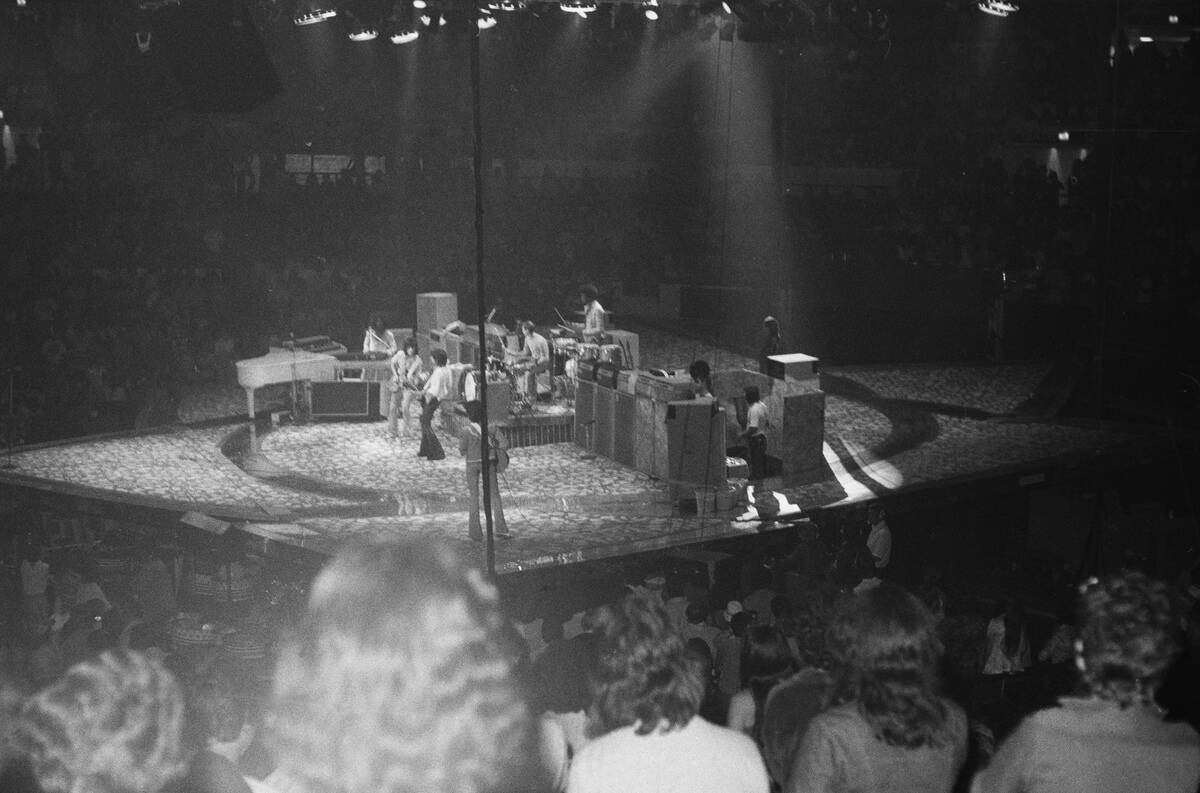
From simple stages in the 60s to the elaborate setups we see today, stage design has dramatically evolved. The Rolling Stones’ 1975 Tour of the Americas featured a lotus-shaped stage that was groundbreaking for its time.
Today, artists like U2 and Beyoncé use cutting-edge technology to create immersive experiences. Stage design has become an integral part of concerts, enhancing the music and creating a visual journey that complements the auditory one.
Behind the Scenes: Candid Moments Captured on Film
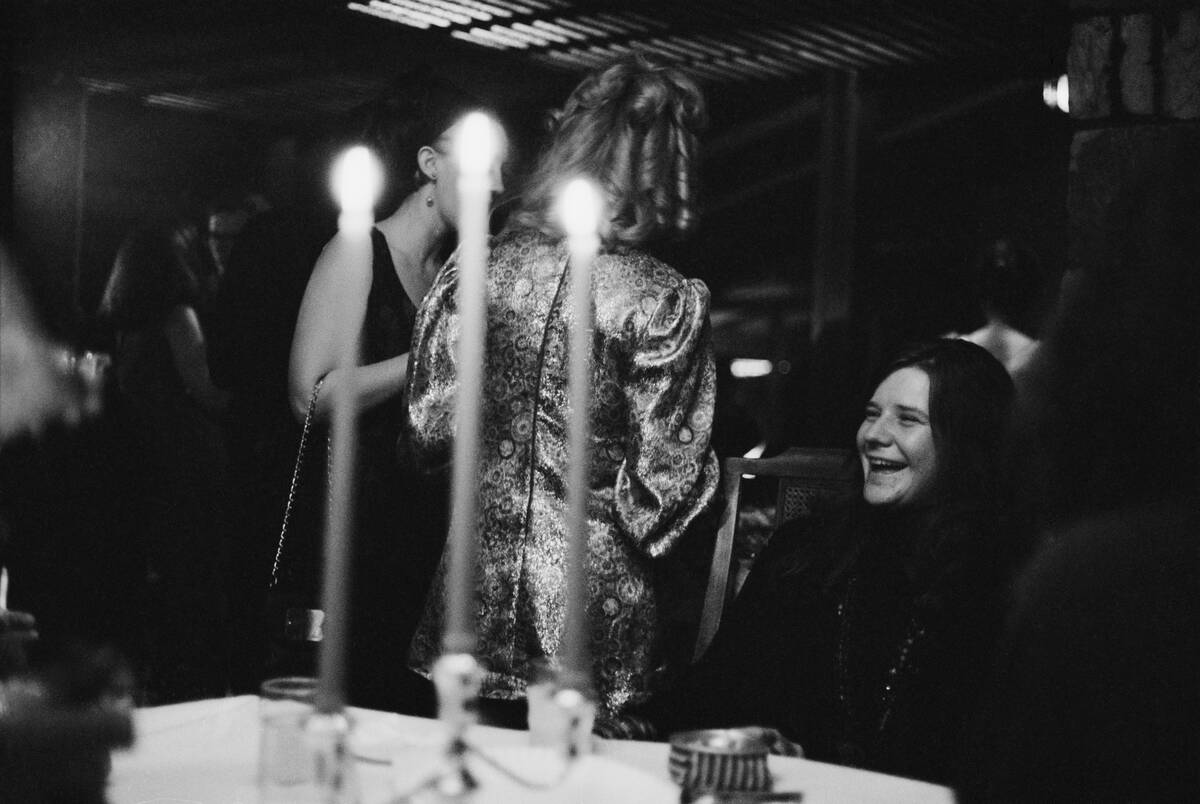
Candid photos offer a glimpse into the unscripted moments of rock concerts. These behind-the-scenes shots capture musicians in their most authentic states, from pre-show rituals to post-performance celebrations.
Images of Mick Jagger warming up backstage or Janis Joplin sharing a laugh with crew members reveal the human side of rock stars. These candid moments remind us that behind the larger-than-life personas are artists dedicated to their craft.
Fan Frenzy: The Crowd as Part of the Show
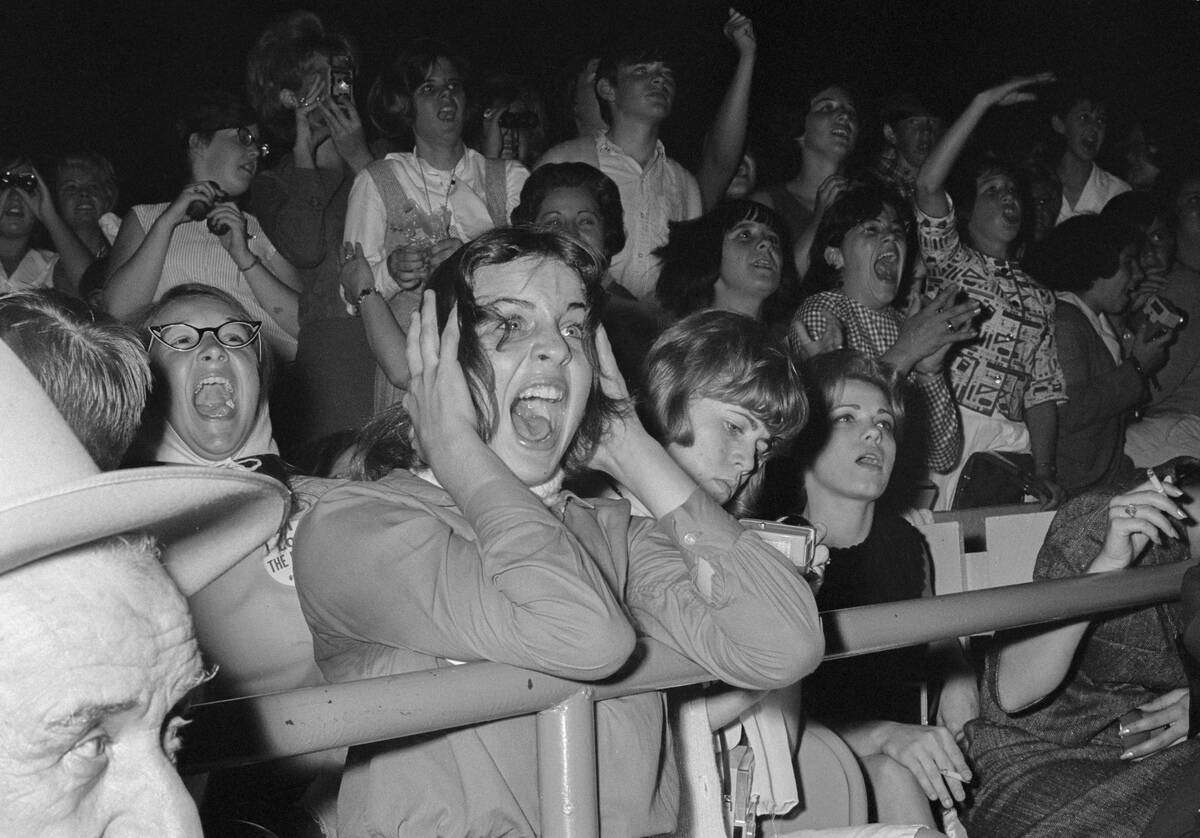
The crowd at a rock concert is as much a part of the show as the band itself. Photographs of fans, whether screaming in joy or waving lighters during a ballad, capture the collective energy that defines live performances.
Iconic images of Beatlemania, with fans in a frenzy, demonstrate the powerful connection between musicians and their audience. These moments of unity and shared passion are what make rock concerts unforgettable.
The Art of the Rock Pose: Musicians in Their Element
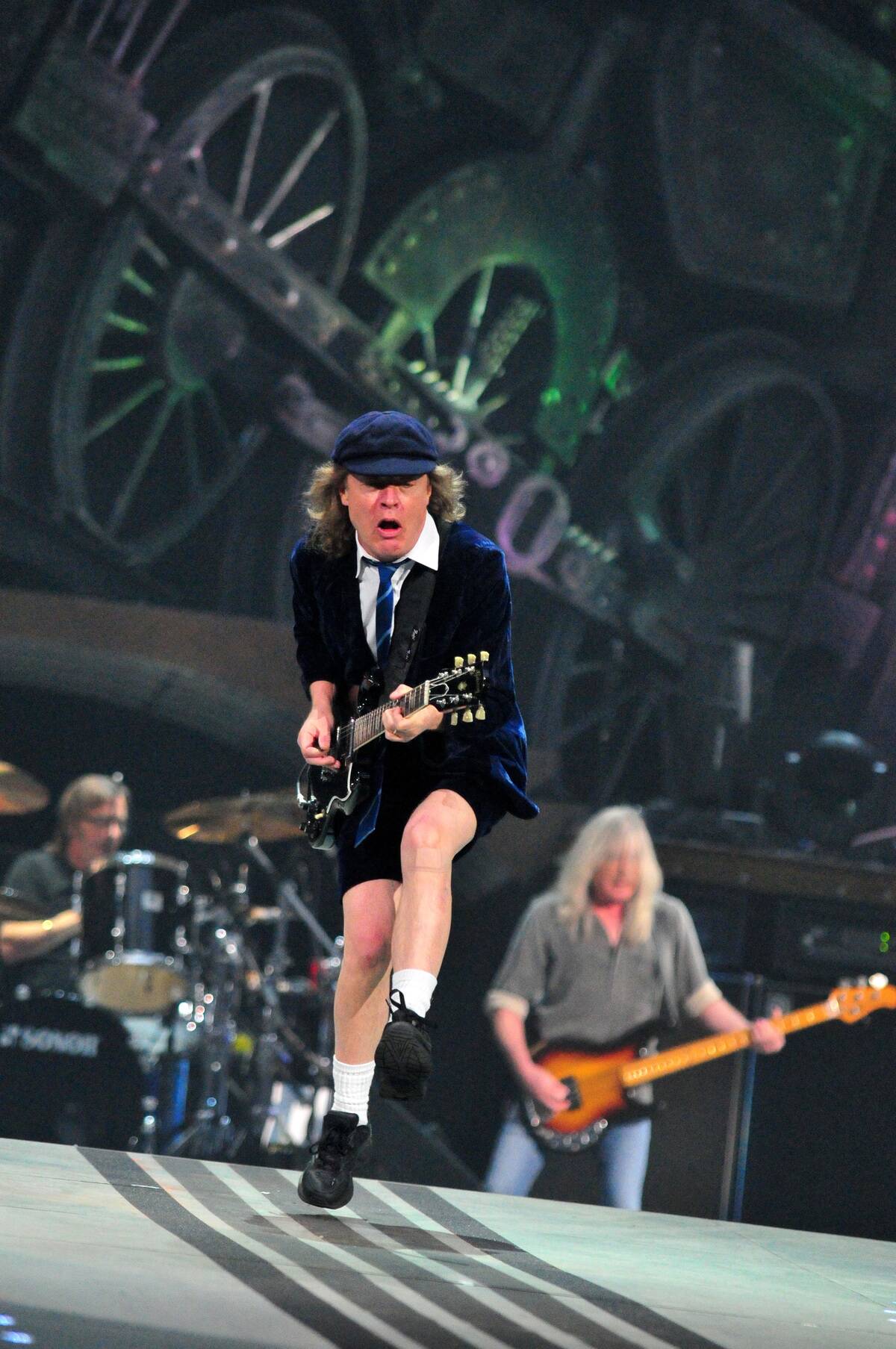
The rock pose is a staple of concert photography, capturing musicians in their element. Think of Pete Townshend’s windmill arm swing or Angus Young’s energetic duckwalk. These poses are iconic, frozen in time, and convey the raw emotion of a live performance.
Each musician has a signature move that fans eagerly anticipate, and photographers tirelessly capture, preserving the essence of rock and roll’s theatricality.
Vintage Posters and Tickets: A Snapshot of Concert Culture
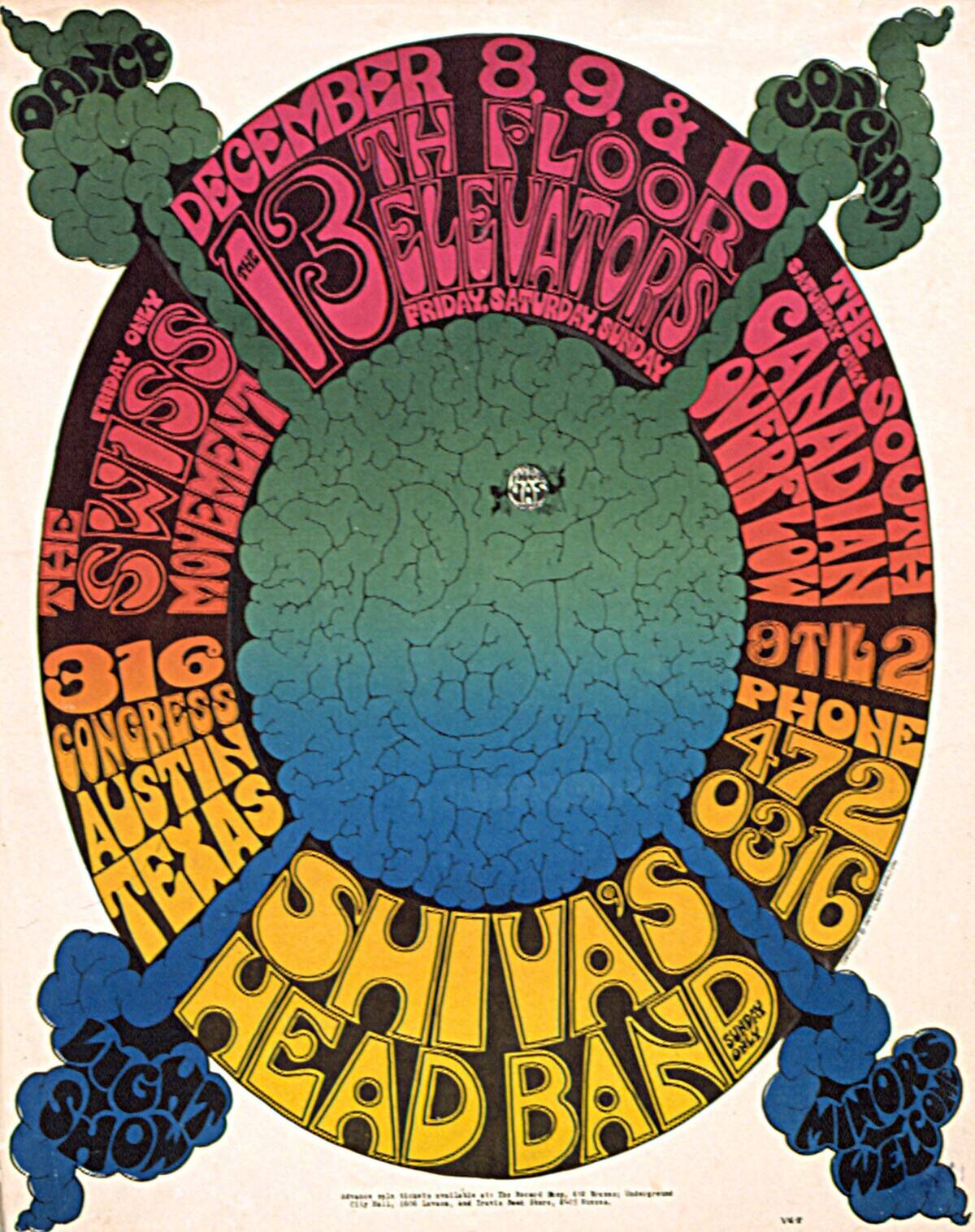
Concert posters and tickets are more than just memorabilia; they are snapshots of concert culture. Psychedelic posters from the 60s are works of art, with bold colors and trippy designs reflecting the era’s spirit.
Tickets from legendary gigs, like The Beatles at Shea Stadium, are prized collectibles. These items tell stories of past events, serving as tangible reminders of the concerts that shaped the music landscape.
The Role of Lighting: Creating the Perfect Concert Ambiance
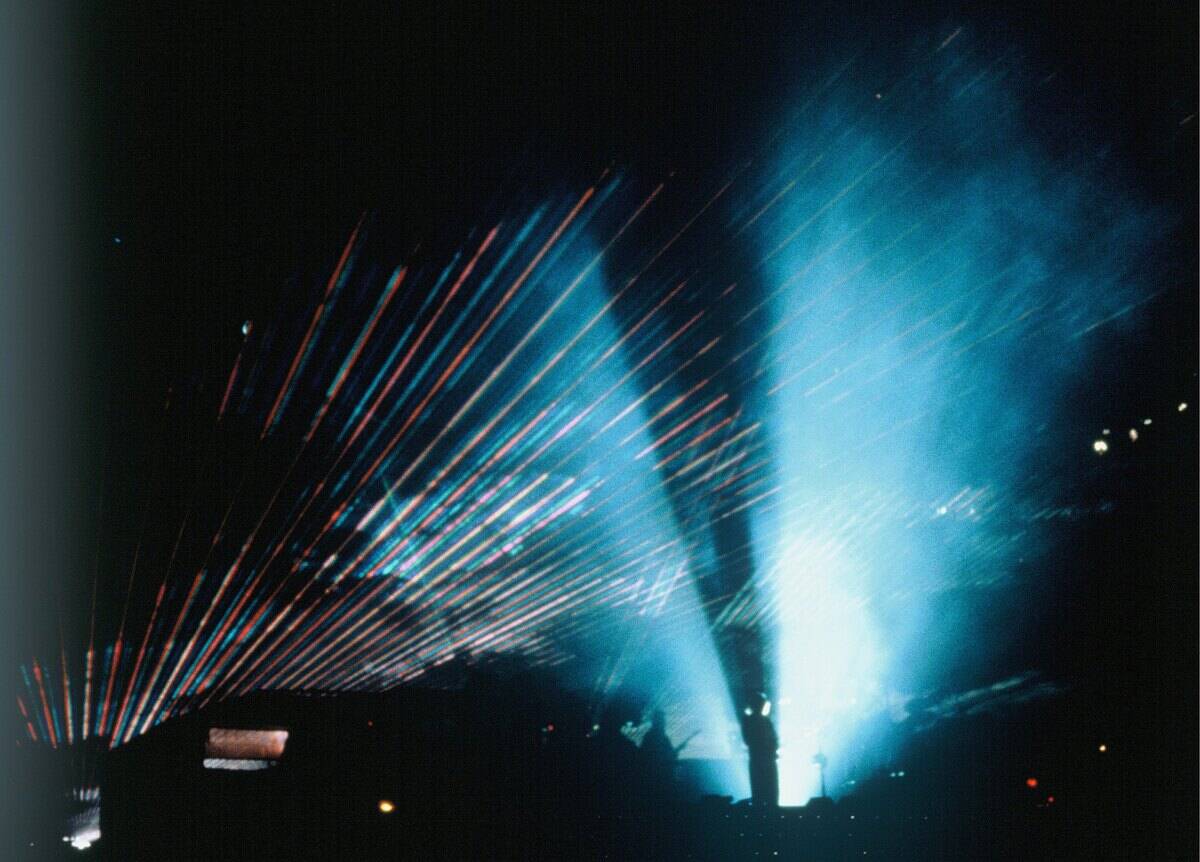
Lighting plays a crucial role in creating the perfect concert ambiance. From the dramatic spotlights of the 70s to the synchronized light shows of today, lighting sets the mood and enhances the performance.
Pink Floyd’s use of lasers and elaborate light setups became legendary, influencing countless other bands. Good lighting transforms a concert from a simple music show into an immersive experience that captivates audiences and highlights the music’s emotional depth.
Iconic Venues: Photos That Define a Generation
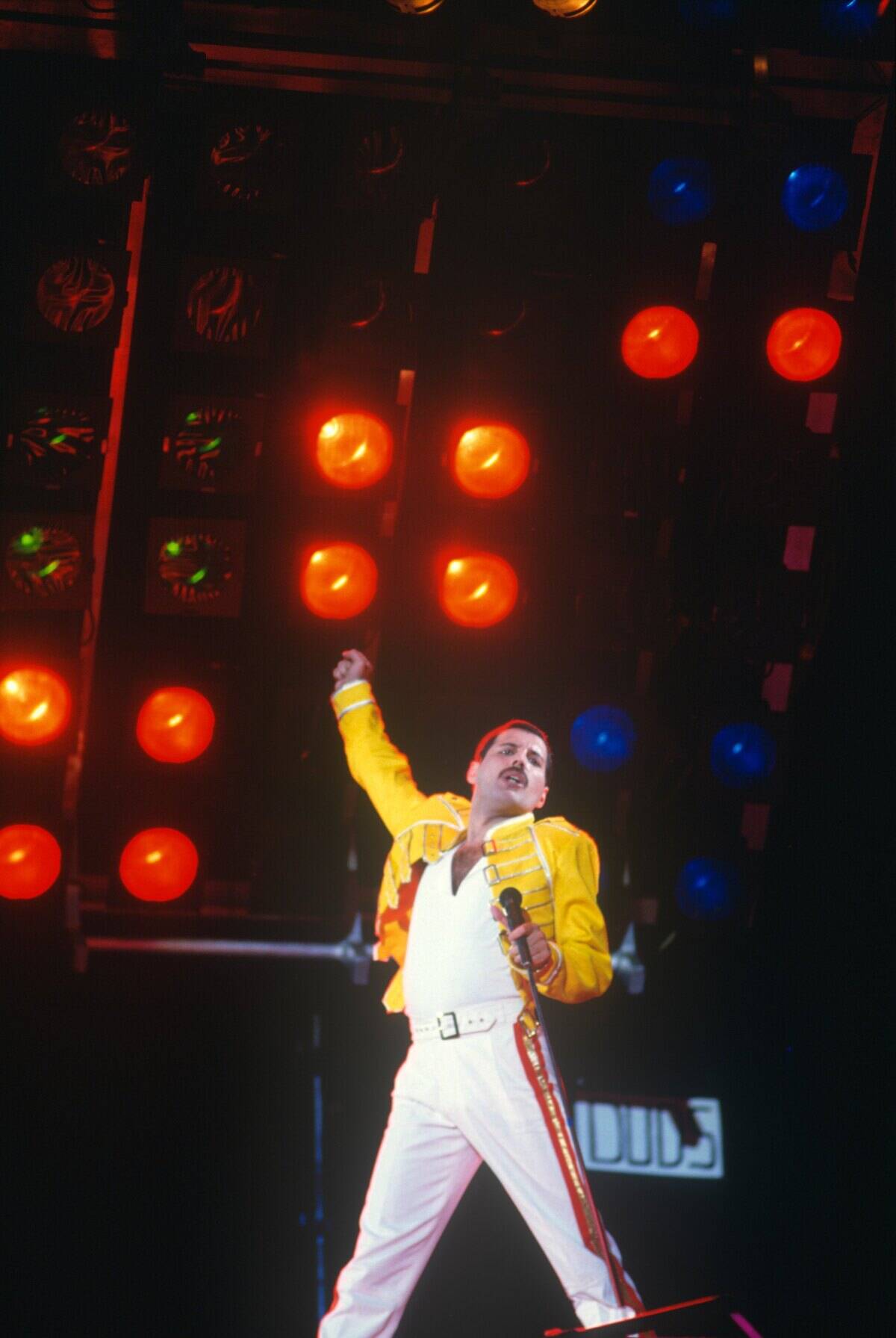
Certain venues have become iconic, forever linked with rock history. Madison Square Garden in New York and London’s Wembley Stadium have hosted countless legendary performances.
Photos of these venues during historic concerts capture not just the artists, but the atmosphere that made these events unforgettable. The venues themselves become part of the story, serving as hallowed ground for music fans and adding to the lore of rock and roll.
Memorable Collaborations: When Rock Legends Shared the Stage
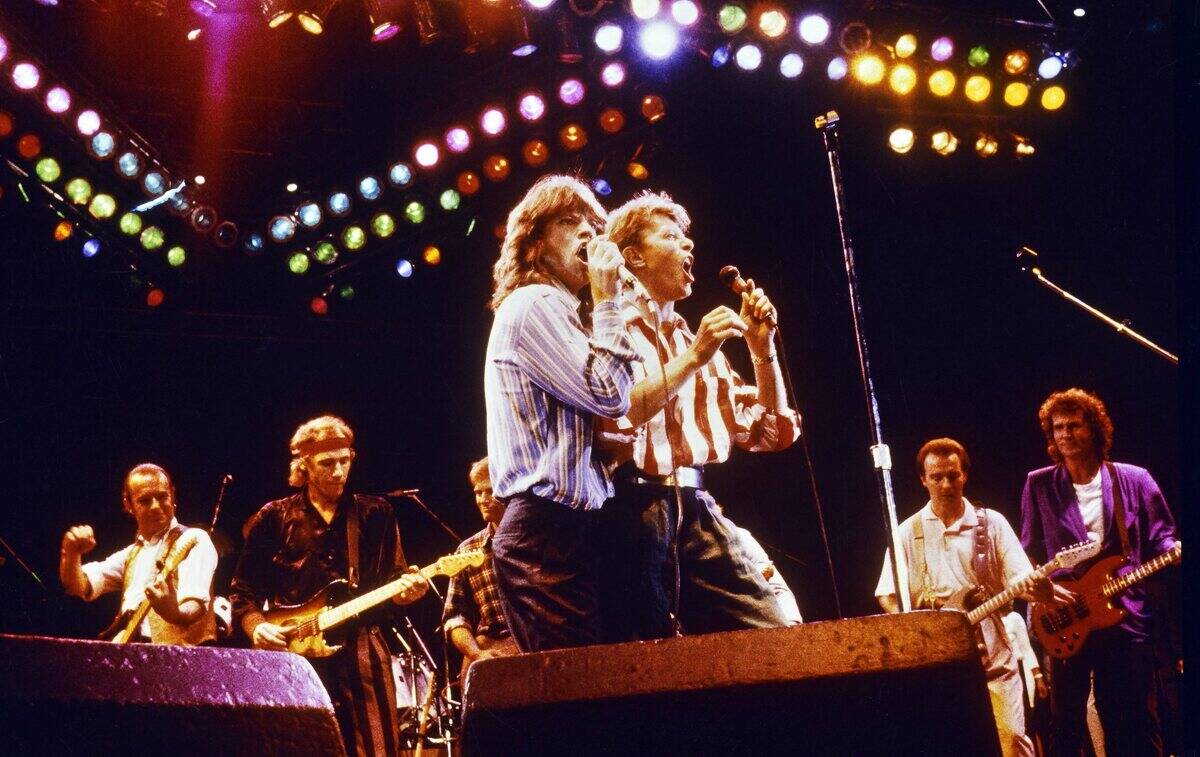
Collaborations between rock legends create unforgettable concert moments. Who could forget the time David Bowie and Mick Jagger shared the stage?
These collaborations bring together unique talents, resulting in once-in-a-lifetime experiences for fans. Photographs of these moments capture the magic of artists coming together, celebrating the unifying power of music and the spontaneity that makes live performances so thrilling.
The Influence of Photography on Music History
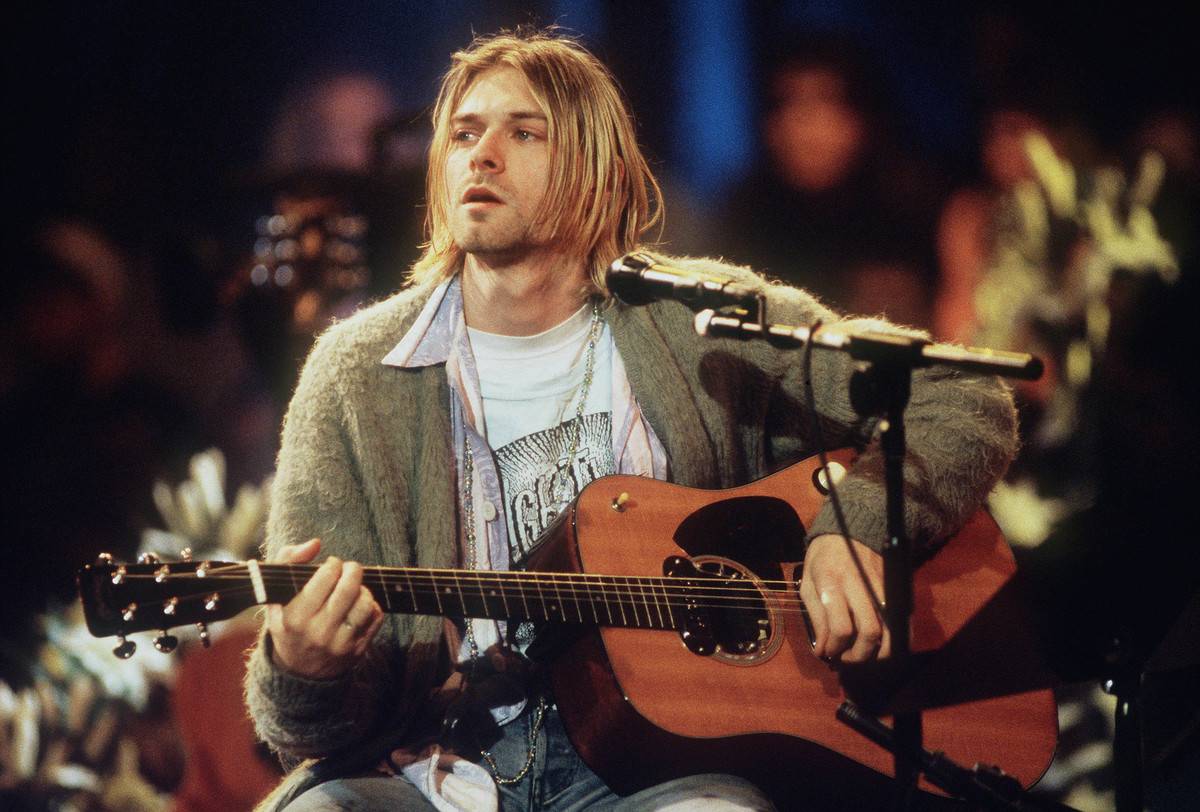
Photography has had a profound impact on music history, documenting the evolution of rock concerts. Iconic images shape public perception and help solidify an artist’s legacy.
The famous photograph of The Beatles crossing Abbey Road or the haunting image of Kurt Cobain during Nirvana’s MTV Unplugged session are more than pictures; they are cultural touchstones. Photography captures the essence of music’s evolution, preserving moments that define eras.
Preserving the Legacy: How Concert Photos Keep Rock Alive
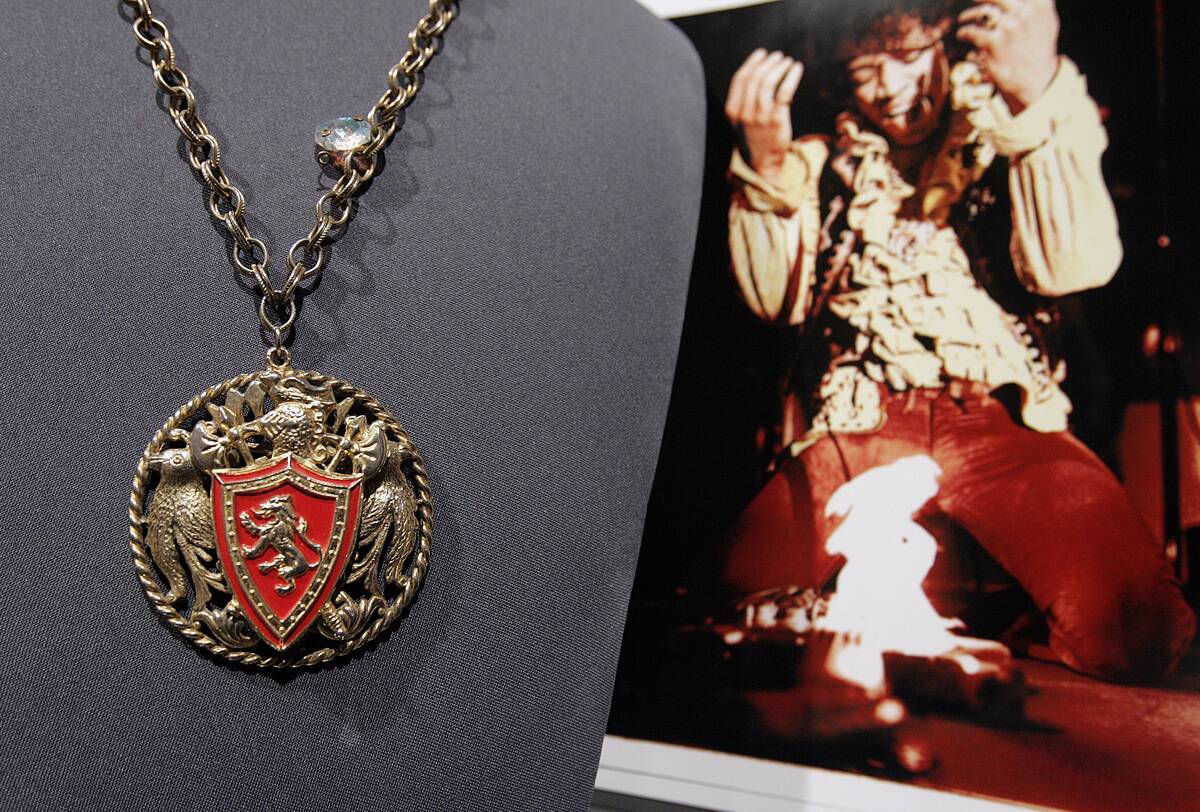
Concert photos are vital in preserving the legacy of rock music. They allow new generations to experience the magic of past performances and keep the spirit of rock alive.
As artists and fans age, these photos serve as a bridge between eras, connecting today’s music lovers with the legends of yesterday. They are a testament to the enduring impact of rock music, ensuring that its legacy continues to inspire future generations.
Comparing Then and Now: Has the Magic Really Faded?
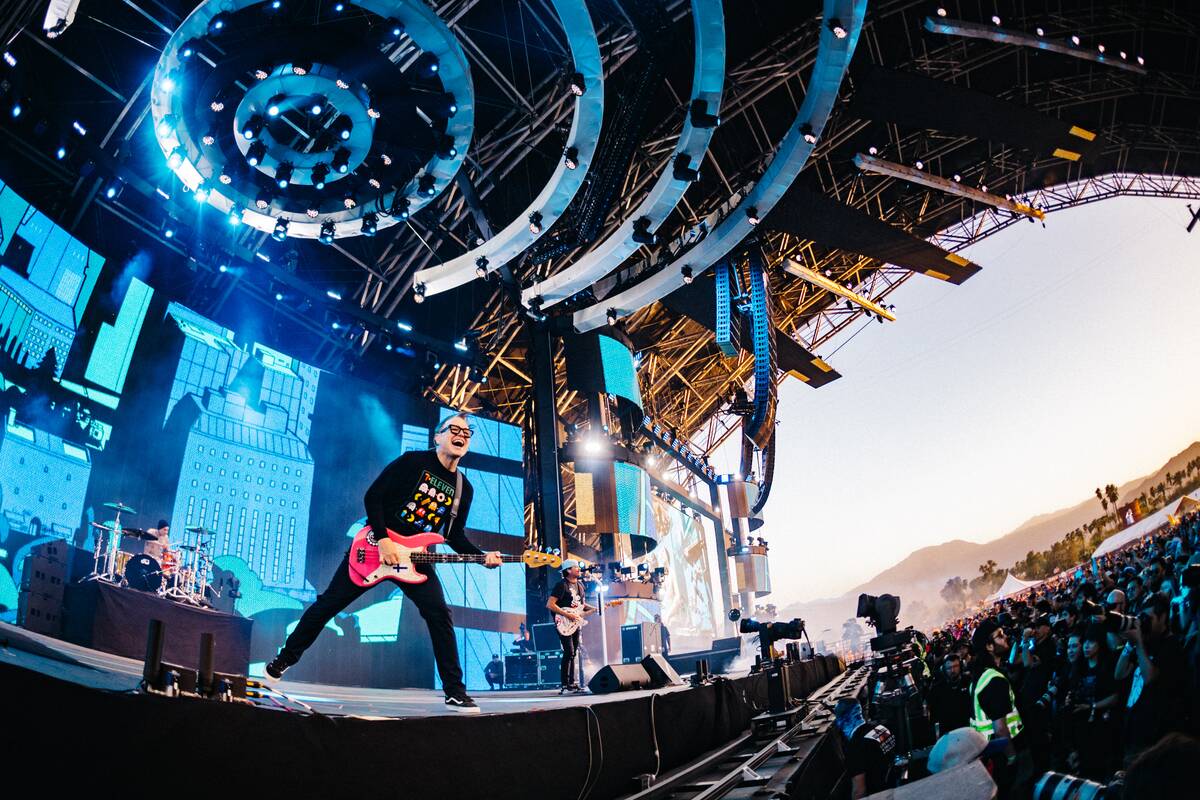
While some argue that the magic of rock concerts has faded, others believe it has simply evolved. Today’s concerts feature advanced technology and extravagant productions, but the core remains the same: the connection between artist and audience.
The energy and excitement of live performances continue to captivate fans, proving that while the style may change, the essence of rock and roll endures. The spirit of rock concerts, much like the music itself, is timeless.



